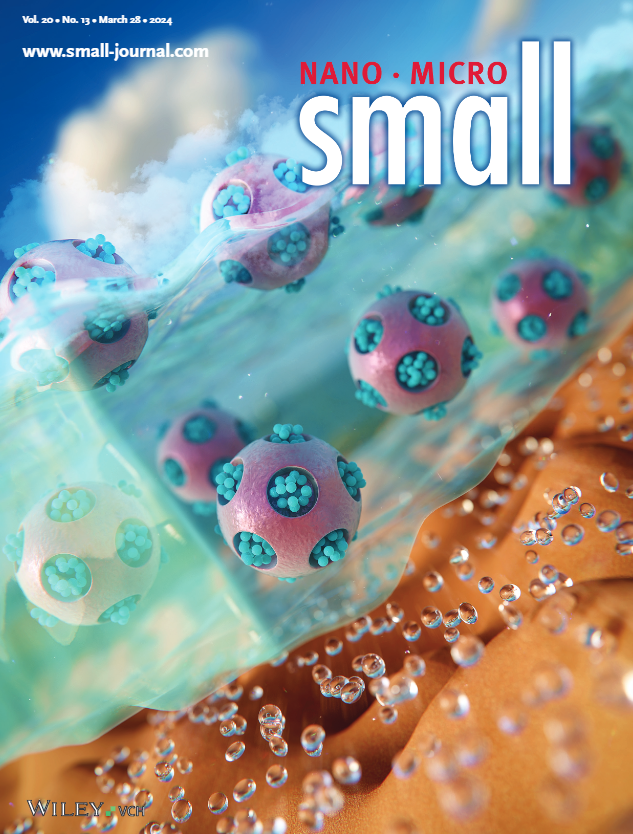
NEUREKA consortium partners LAAS-CNRS recently published a new article in Small Journal about their work in NEUREKA.
Guilhem Larrieu and co-workers demonstrate the development of an in vitro bio platform for real-time monitoring of neuronal electrical activity and localized pH changes, with a proof-of-concept study showing the effect of Amyloid beta oligomers on neuronal firing without altering pH values.
The study is titled “Real-Time and High-Resolution Monitoring of Neuronal Electrical Activity and pH Variations Based on the Co-Integration of Nanoelectrodes and Chem-FinFETs” authored by Luca Bettamin, Fabrice Mathieu, Florent H. Marty, Marie Charline Blatche, Daniel Gonzalez-Dunia, Elsa Suberbielle, and Guilhem Larrieu.
It is available for free at: https://onlinelibrary.wiley.com/doi/10.1002/smll.202309055
Abstract:
Developing new approaches amenable to the measurement of neuronal physiology in real-time is a very active field of investigation, as it will offer improved methods to assess the impact of diverse insults on neuronal homeostasis. Here, the development of an in vitro bio platform is reported which can record the electrical activity of cultured primary rat cortical neurons with extreme sensitivity, while simultaneously tracking the localized changes in the pH of the culture medium. This bio platform features passive vertical nanoprobes with ultra-high signal resolution (several mV amplitude ranges) and Chem-FinFETs (pH sensitivity of sub-0.1 pH units), covering an area as little as a neuronal soma. These multi-sensing units are arranged in an array to probe both chemically and electrically an equivalent surface of ≈ 0.5 mm2. A homemade setup is also developed which allows recording of multiplexed data in real-time (10 ps range) from the active chem-sensors and passive electrodes and which is used to operate the platform. Finally, a proof-of-concept is presented for a neuro-relevant application, by investigating the effect on neuronal activity of Amyloid beta oligomers, the main toxic peptide in Alzheimer’s Disease, which reveals that exposure to amyloid beta oligomers modify the amplitude, but not the frequency, of neuronal firing, without any detectable changes in pH values along this process.
Congratulations to the team at LAAS!